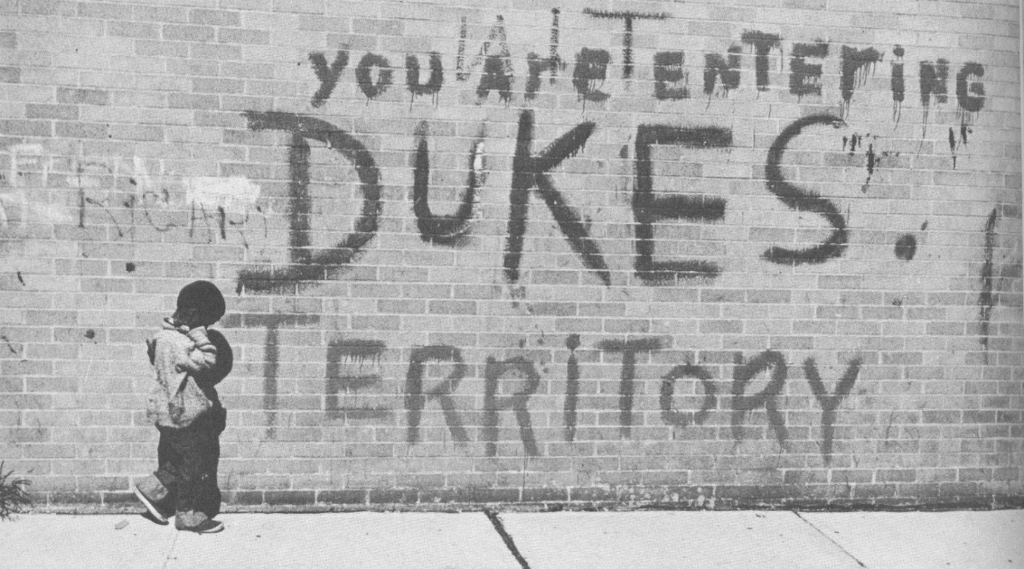Graffiti has become the new street culture of India. Well known for its appeal; bold and provoking messaging, graffities have now taken an art shape on Indian streets.

One can trace its rich history from ancient Egyptian era when it existed in the form of stone and wall inscriptions. However, the 1990’s hip hop culture made it popular and brought it to the other side of the world e.g. to countries like India.
This Expressive art was in use for ages as a form of visual communication. Originally it was used to mark territories in the urban area by taggers of street gangs like The Dukes, an Italian Gang, and rival The Dragons from 1950s East Harlem, New York. They preferred working in groups and called it “crews” and their marking as “writing.” Taggers marked the territories with words and symbols created by spray paints.

The culture movement comprises four elements – Deejaying, Rapping, B-boying, and Graffiti, or Writing. It holds a different style and attitude that attracts people’s attention. This originated in the predominately economically weaker section of African Americans from New York City. In 1972, the cultural shift was much visible when a Greek American teenager spray-painted Taki 183 (his name and street) throughout the walls of the New York City Subway. Soon, the culture moved to Bronx, Brooklyn, and Queens in 1975, from there Graffiti, started displaying in major art galleries of Europe, Japan, and the United States.
Modern-day graffiti in India is catching pace now, from tags to detailed works of art, one can find an elaborate display here. The credit for such popularity goes to the social media platforms that make it easy for an artist to showcase the work to the world, within a fraction of time. One, the ‘Urban Indian Youth’ gets to display its skills effectively; two, they get to share ideas and resources with varied communities. International artists are now collaborating with Indian graffiti artists and creating works that haven’t been seen before.


Even the Indian government has taken the initiative to become vocal through graffiti. They have used art in the form of creating awareness about social causes like ‘plant more trees’, waste management, gender equality, child education, etc. Painting walls, Metro pillars, and Highways are increasingly becoming the simplest way to reach out to the masses.
Considering graffiti as the vibrant and animated street art, many Indian youth are now seeing painting as a career option. Graffiti has generated employment for many artists in India and abroad, who were otherwise struggling to find means of expression and opportunities. Now the artistes have work that is recognized worldwide, helping them break boundaries.